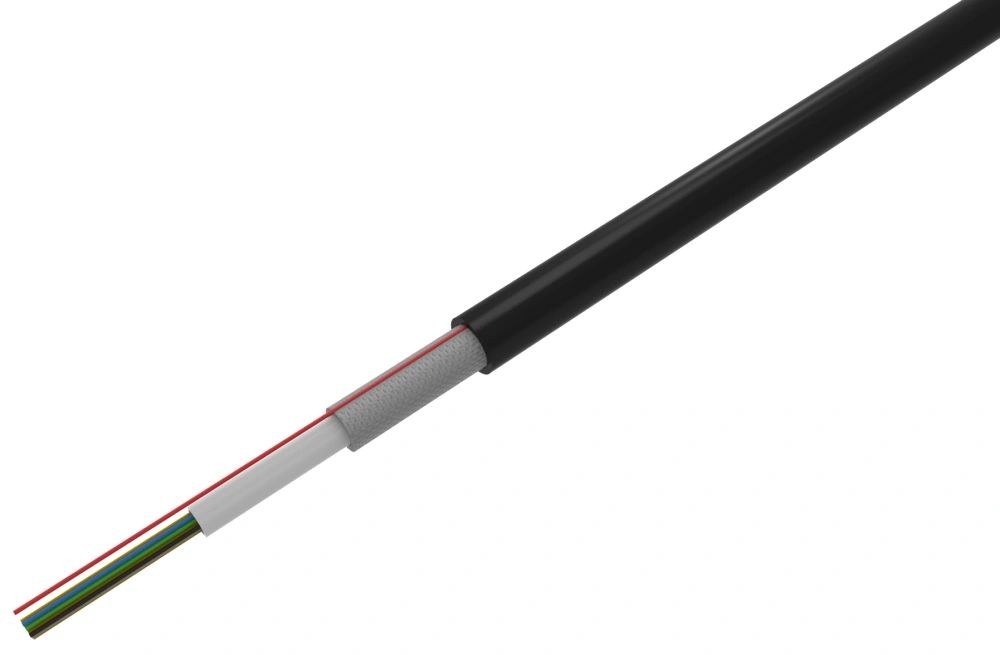An Extensive Study on the Adaptability Analysis of Outdoor Cables under Different Climatic Conditions

Adaptability analysis of outdoor cables under different climatic conditions is crucial to ensure their reliability and longevity. Outdoor cables are exposed to various weather elements, including extreme temperatures, moisture, wind, and solar radiation. This article aims to provide a comprehensive understanding of how outdoor cables adapt and perform in different climate conditions.
1. Impact of Temperature Fluctuations
Temperature fluctuations can significantly influence the performance of outdoor cables. In high-temperature regions, cables are subjected to thermal stress, leading to insulation degradation and signal attenuation. On the other hand, in cold climates, cables may lose flexibility and become brittle, increasing the risk of physical damage. A thorough analysis of temperature ranges and their impact on cable materials and performance is vital in designing and selecting outdoor cables for specific regions.
2. Influence of Moisture and Environmental Factors
Moisture is one of the major challenges faced by outdoor cables, particularly in humid and rainy areas. It can seep into the cable structure, causing corrosion, signal loss, and short circuits. Additionally, environmental factors such as exposure to saltwater or chemicals can further deteriorate cable performance. Understanding the adaptability of outdoor cables to moisture and environmental factors helps in choosing suitable materials and implementing proper protective measures.
3. Resilience against Wind and Solar Radiation
Outdoor cables must withstand the impact of strong winds, especially in areas prone to storms and hurricanes. High wind speeds can cause cables to sway and rub against surrounding structures, leading to mechanical damage and signal interference. Similarly, prolonged exposure to direct sunlight and UV radiation can degrade cable coatings and insulation. The analysis of cable durability and resistance to wind and solar radiation aids in ensuring their longevity and uninterrupted performance.
In conclusion, the adaptability analysis of outdoor cables under different climatic conditions is crucial to ensure their reliable operation. Temperature fluctuations, moisture, wind, and solar radiation are key factors affecting the performance and durability of outdoor cables. By understanding their adaptability and taking appropriate measures, stakeholders can make informed decisions regarding cable selection, installation, and maintenance. It is essential to continually evaluate and improve the adaptability of outdoor cables to meet the evolving demands of diverse weather conditions.



